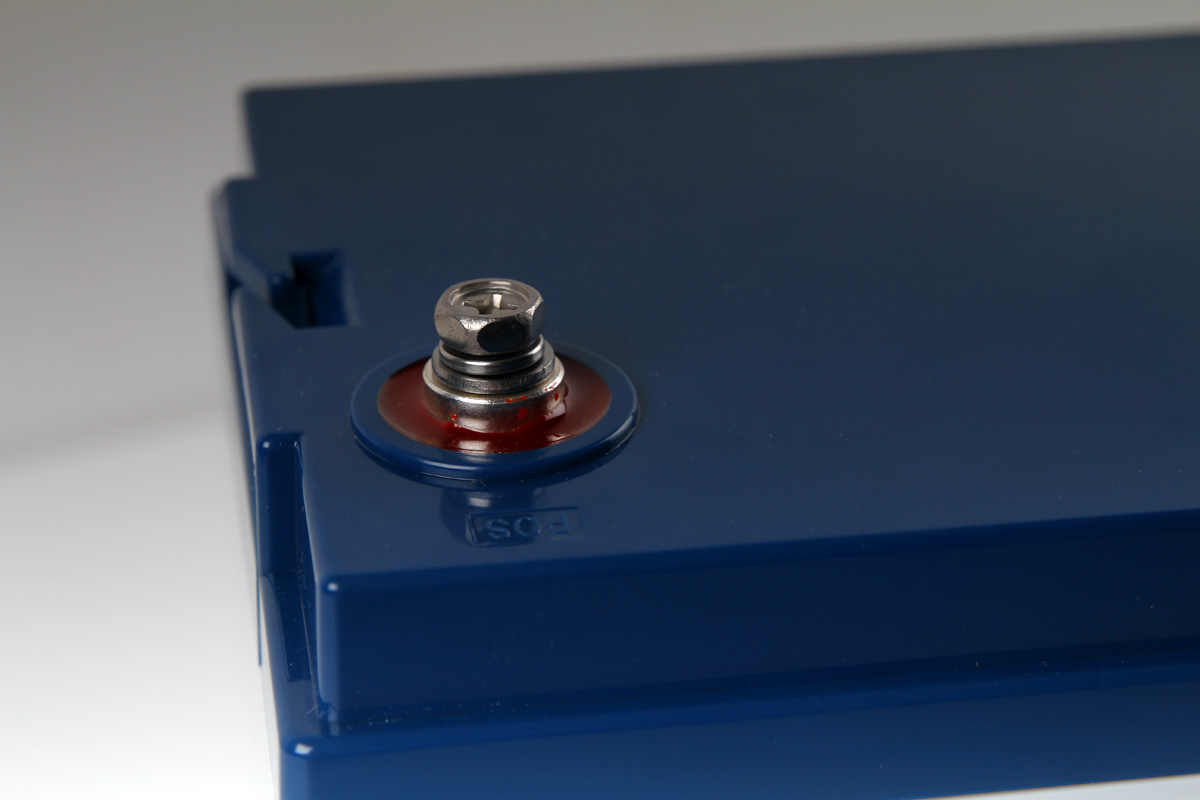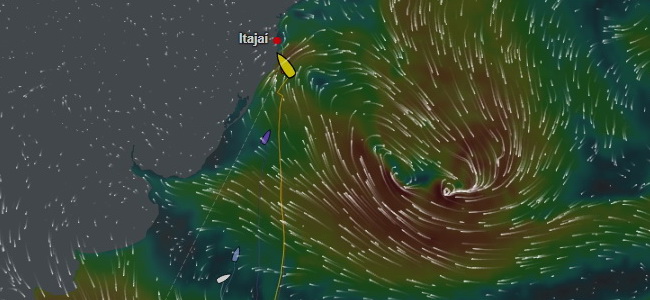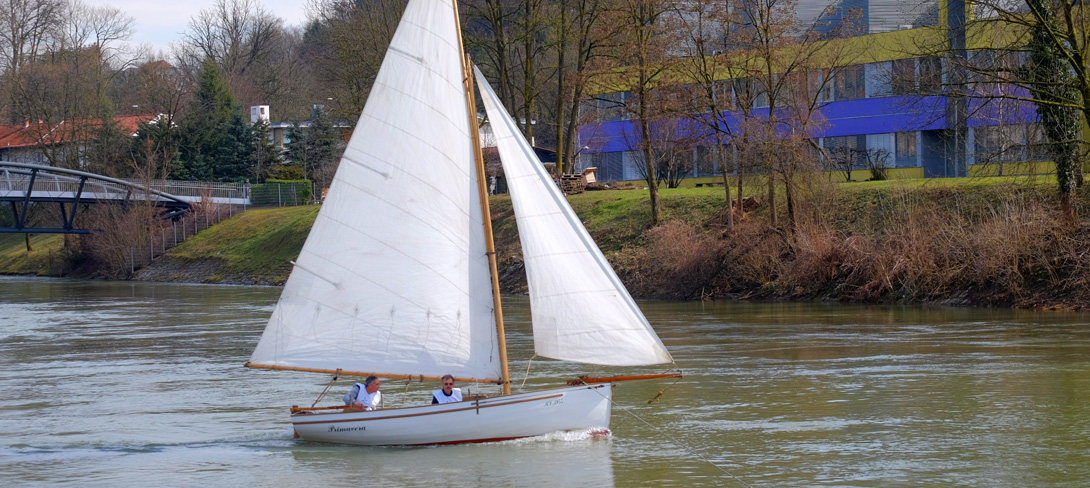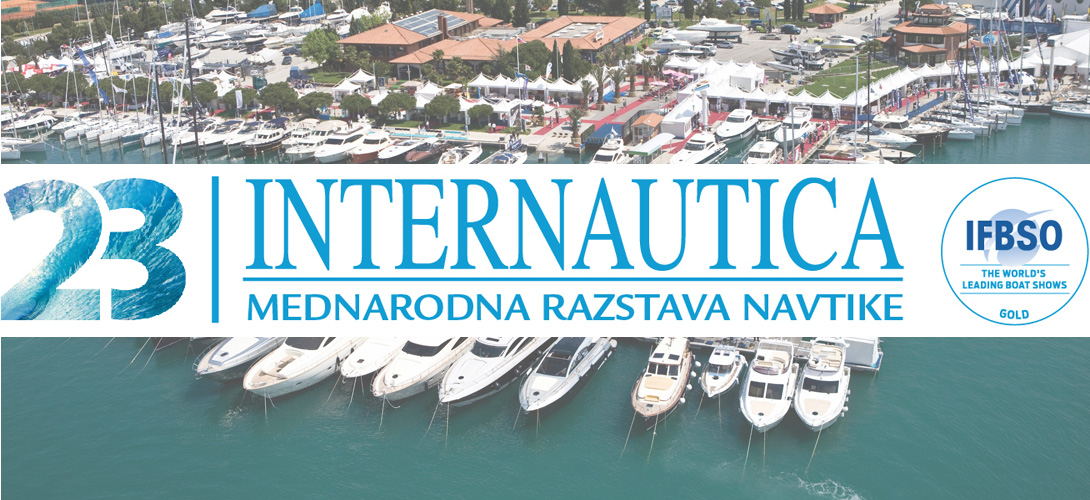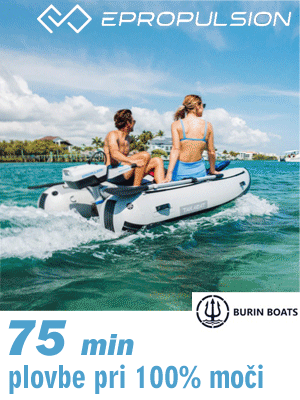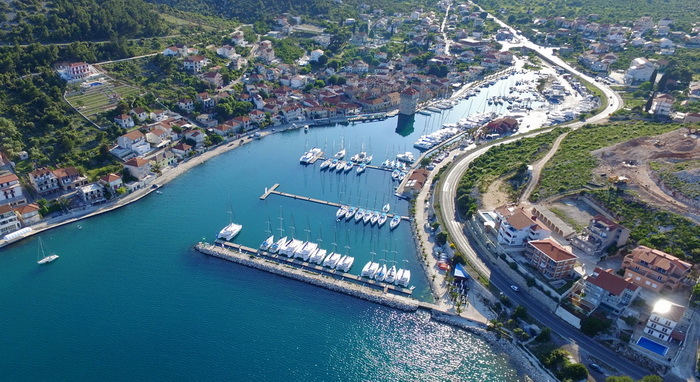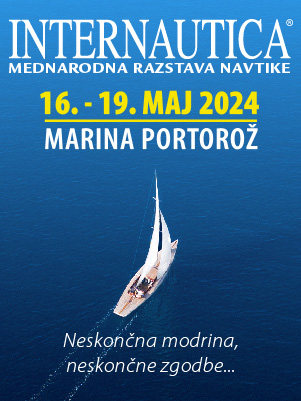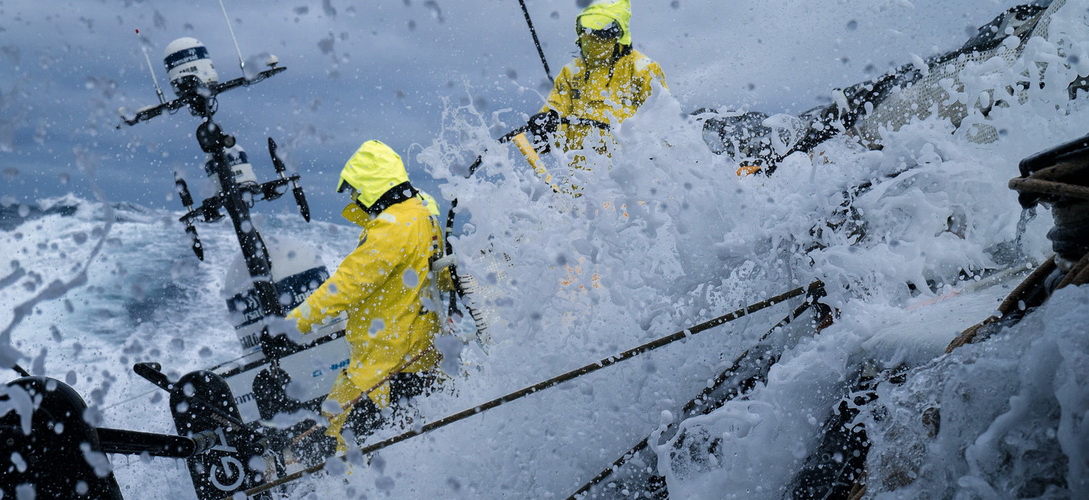
It was a spectacular start to Leg 7 of the Volvo Ocean Race on Sunday afternoon, as the fleet left Auckland in perfect conditions. The sun was out, the wind was near 20 knots, and as they have for 10 stopovers, the Auckland fans took to the water by the thousands to farewell the fleet. It wasn’t a surprise – over the course of the Auckland stopover, over 500,000 fans came through the Race Village at the Viaduct Basin. On Sunday afternoon the Kiwi spectator armada consisted of foiling kite-boards, windsurfers, stand-up paddleboards, kayaks, sailing dinghies, as well as hundreds of power and sail boats, along with the former Whitbread Round the World Race winner, Steinlager 2.
It was MAPFRE, the overall race leader, who made the best start to lead the fleet around a loop of the Waitematā Harbour and out into the Hauraki Gulf, with Dongfeng, Team Brunel and Turn the Tide on Plastic in close and giving chase. In a return to the heritage of the event, Leg 7 of the Volvo Ocean Race will take the teams on a 7,600 nautical mile journey into the Southern Ocean, and around the iconic Cape Horn, before returning to the Atlantic Ocean towards the finish in Itajaí, Brazil.
Leg 7 - Start in Auckland |
"100% of the sailors that have done this leg have at one moment said it is too hard or too tough," said Charles Caudrelier, the skipper of Dongfeng Race Team. "But when you pass Cape Horn you have a huge feeling of pride that you have faced your fears." “We’re going into one of the more gruelling legs of the race,” added Brunel’s Peter Burling, a hero in New Zealand for bringing the America’s Cup home last summer. “The biggest challenge is the endurance aspect, having to keep the intensity high through some very difficult conditions… It’s going to be pretty tough for any of us Kiwis to leave here, but we’re all pretty excited to get into it.”
The initial Ice Exclusion Zone will allow the teams to sail as far south as 59-degrees south latitude, well into the ‘Furious Fifties’, where wind and waves circle the planet unimpeded by land, allowing them to build to fearsome levels. It will be very cold that far south, and the routing will take the fleet to the most remote part of the world, Point Nemo, where the international space station is closer than any point of land. There is a balance to be struck on this leg, between pushing the crew and equipment hard in the quest for victory, and ensuring the team is able to finish the leg at all.
“This is a part of the world where sometimes you have to forget about the race and just take care of the people and the boat,” noted Caudrelier. “It's a special place, sailing in the South - the sea is bigger, the wind is stronger, so you need to be mindful.”
The teams are getting straight into it – after leaving the final turning mark, the forecast is for an upwind slog into a 30-knot easterly as they aim to clear the Coromandel Peninsula and then the East Cape of New Zealand, before turning south in search of the low pressure systems that will power them towards Cape Horn, some 11 days away.
“It’s going to be upwind and bumpy until East Cape,” said Vestas 11th Hour Racing navigator Simon Fisher. His team is returning to the race after retiring from Leg 4 and missing the leg into Auckland while repairing damage to their hull.
Current situation: 18.3.2018 ob 11:00
| No. | Team | Distance to finish | ||
| 1. | Brunel | 6.550,0 nmi | ||
| 2. | Dongfeng | +0,2 nmi | ||
| 3. | AkzoNobel | +0,8 nmi | ||
| 4. | Vestas | +1,1 nmi | ||
| 5. | Turn The Tide on Plastic | +1,4 nmi | ||
| 6. | MAPFRE | +5,9 nmi | ||
| 7. | Sun Hung Kai/Scallywag | +6,4 nmi |


